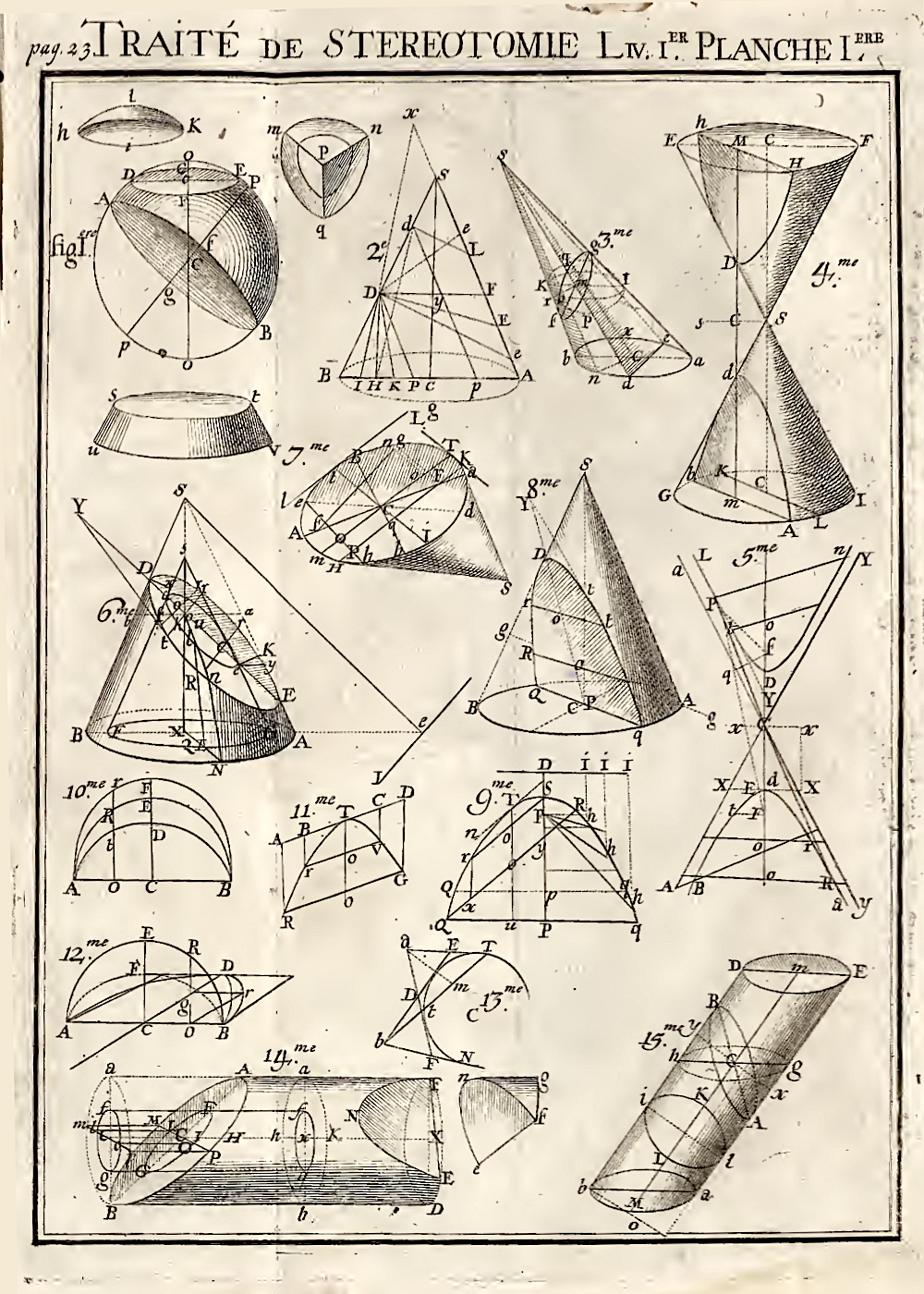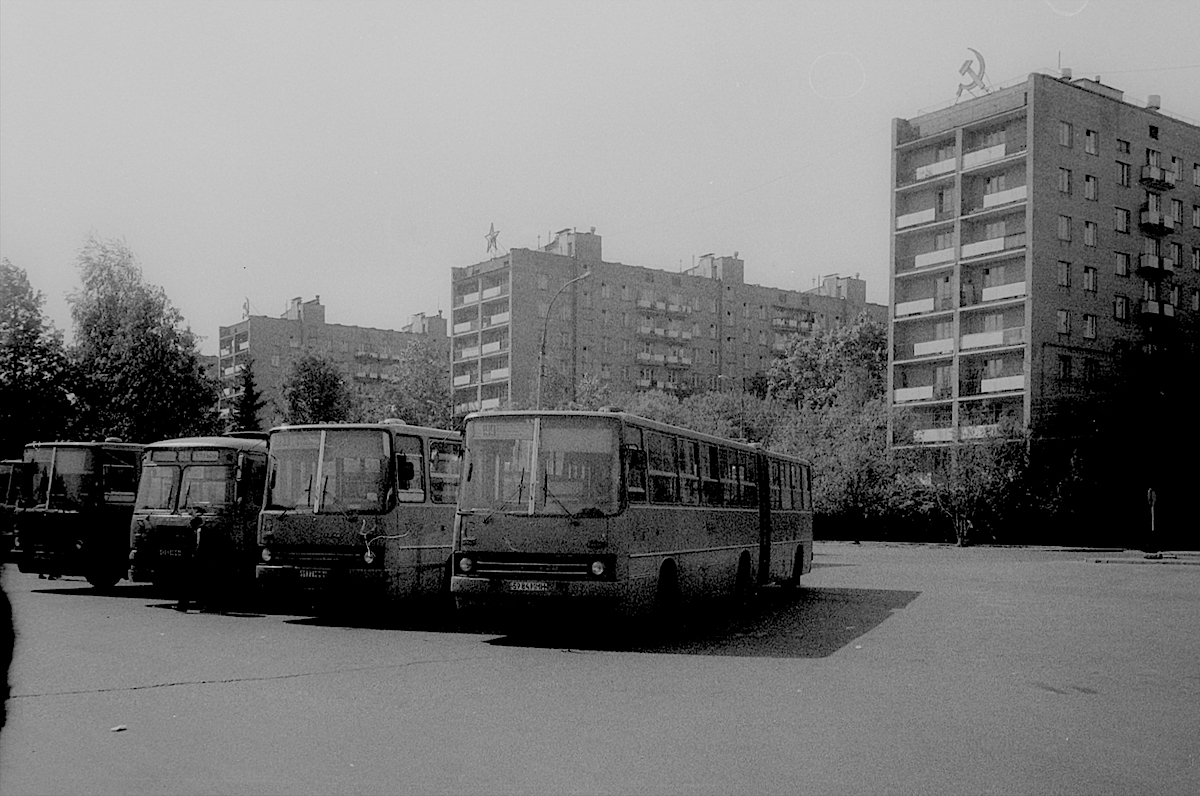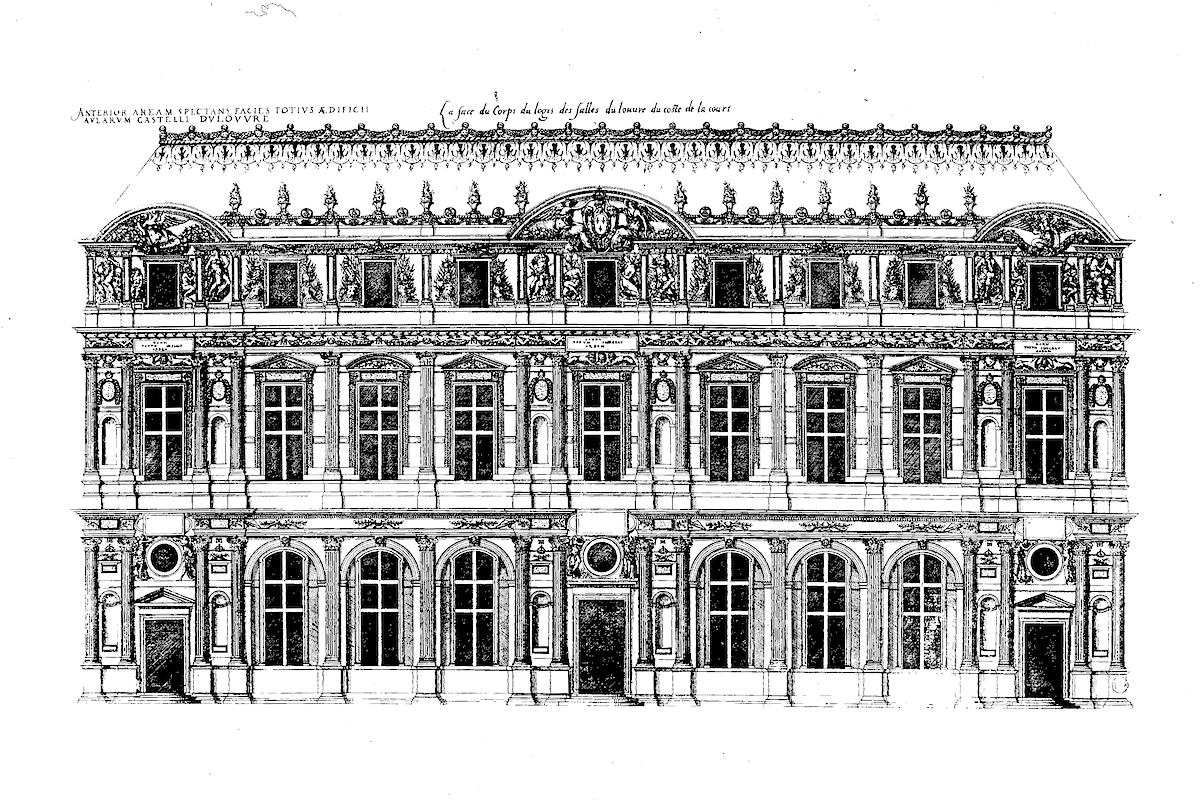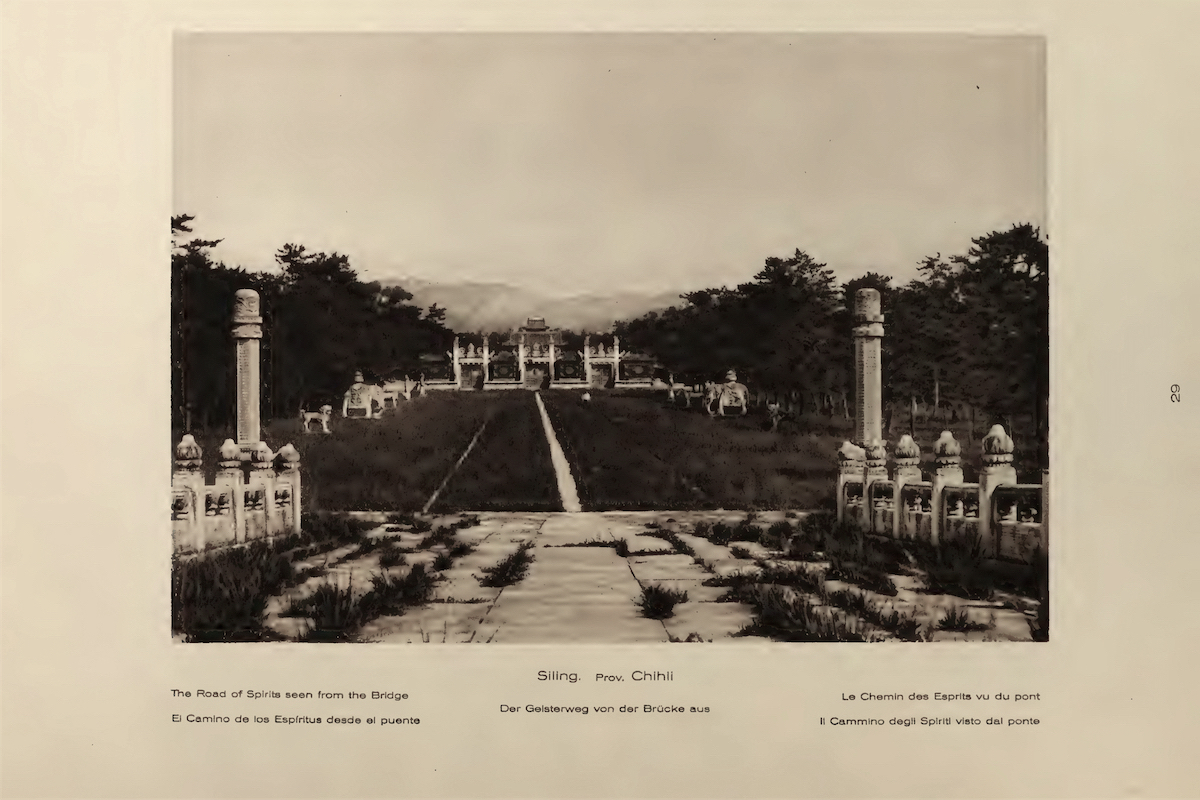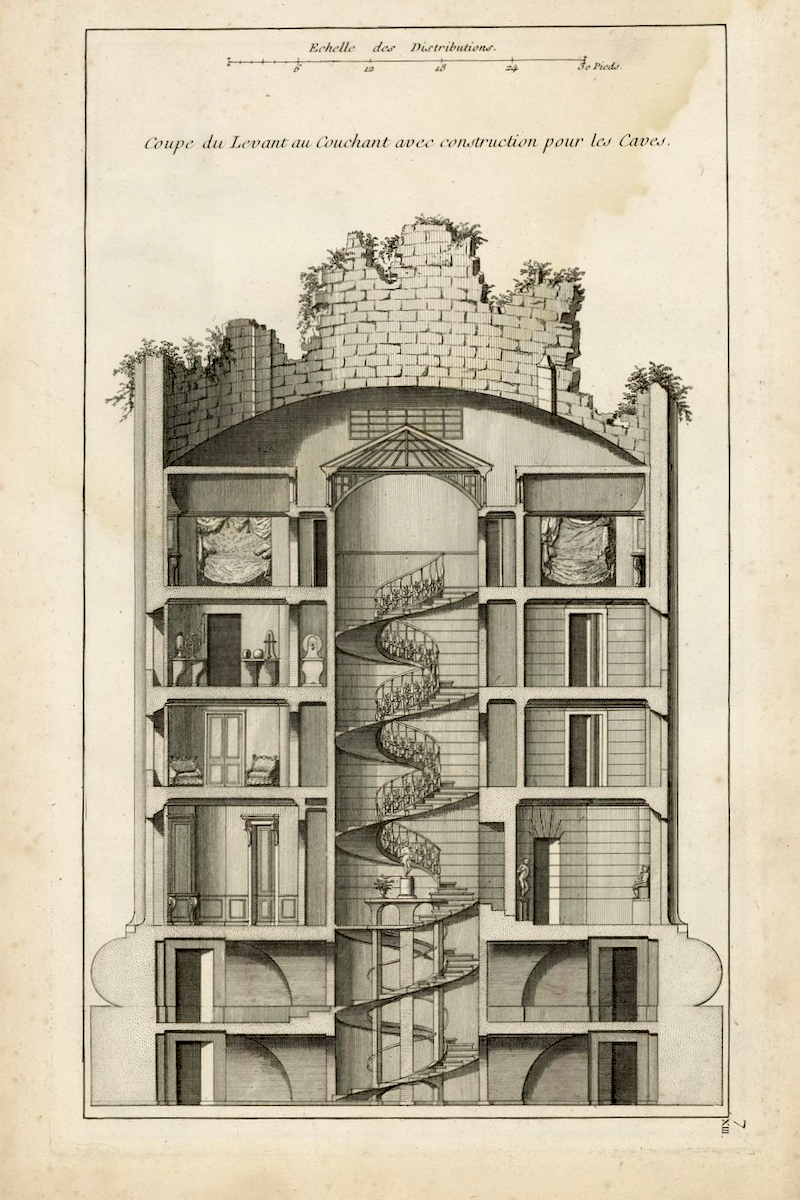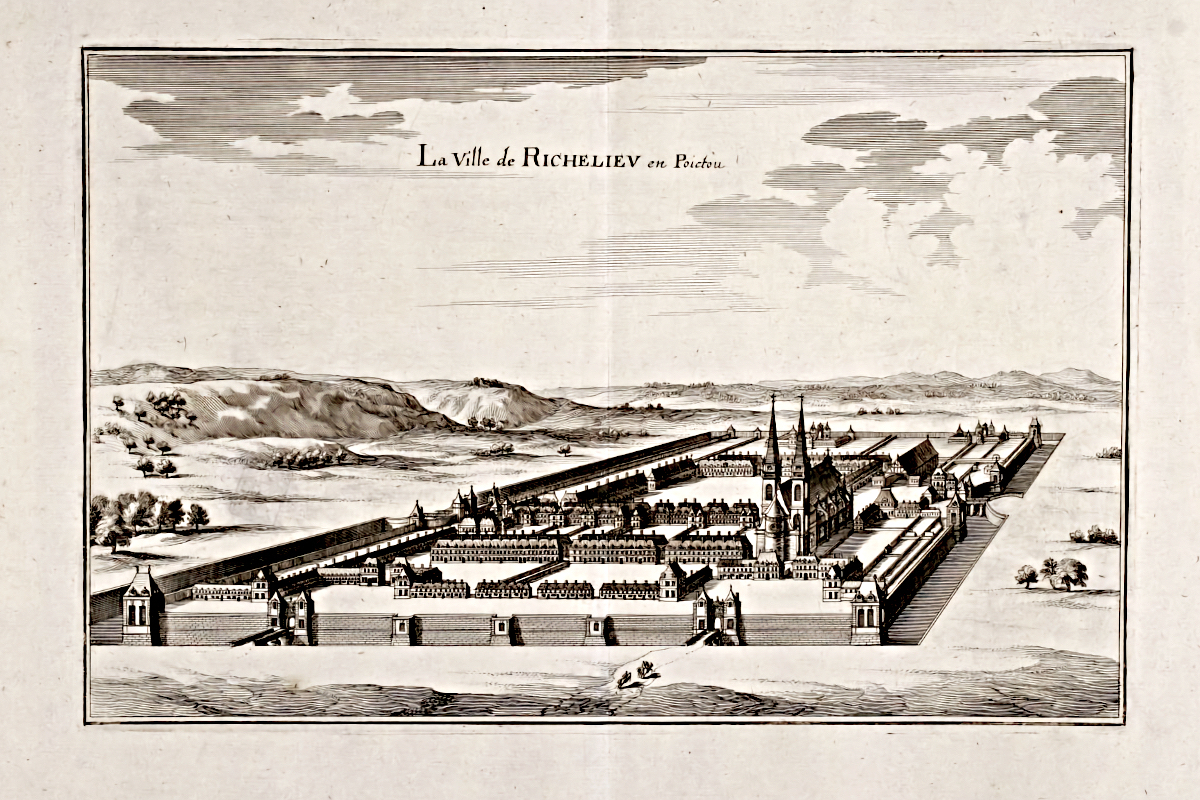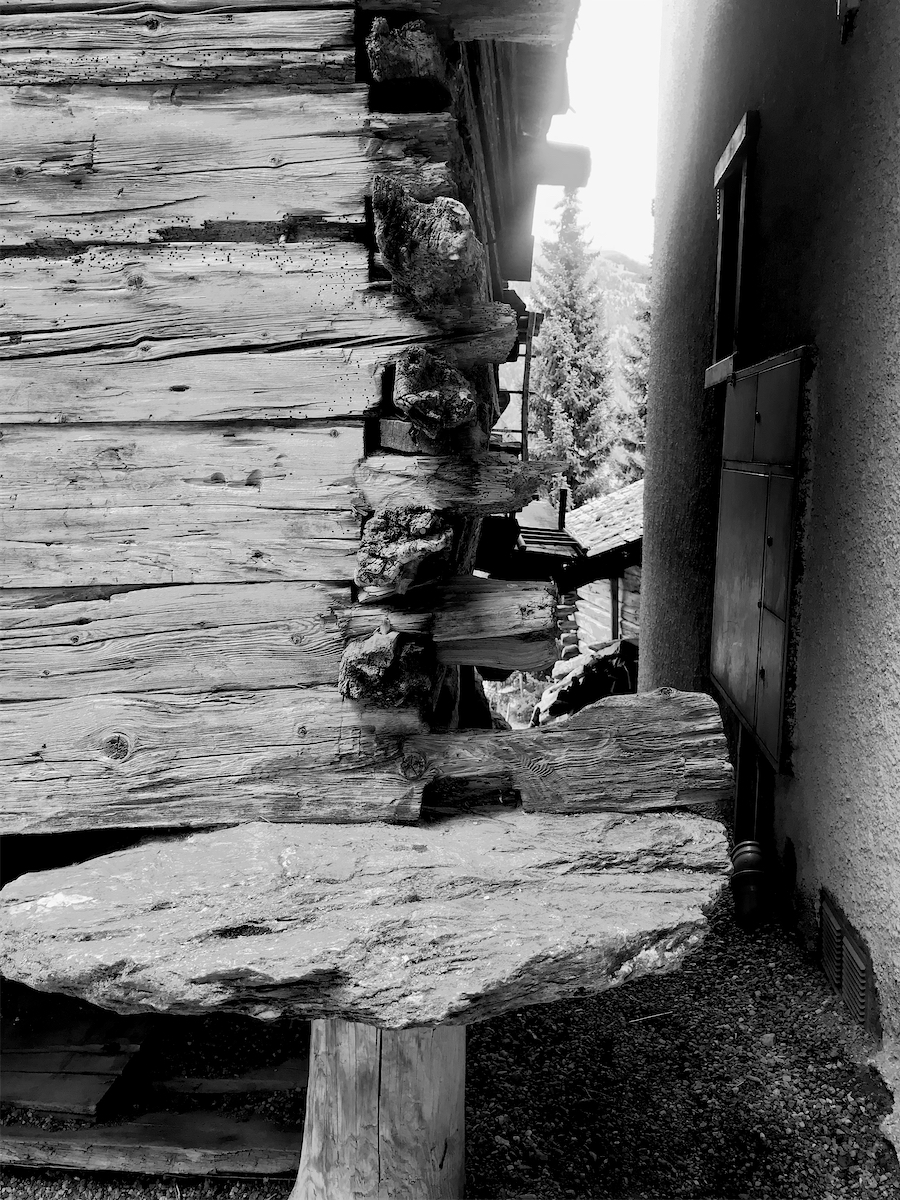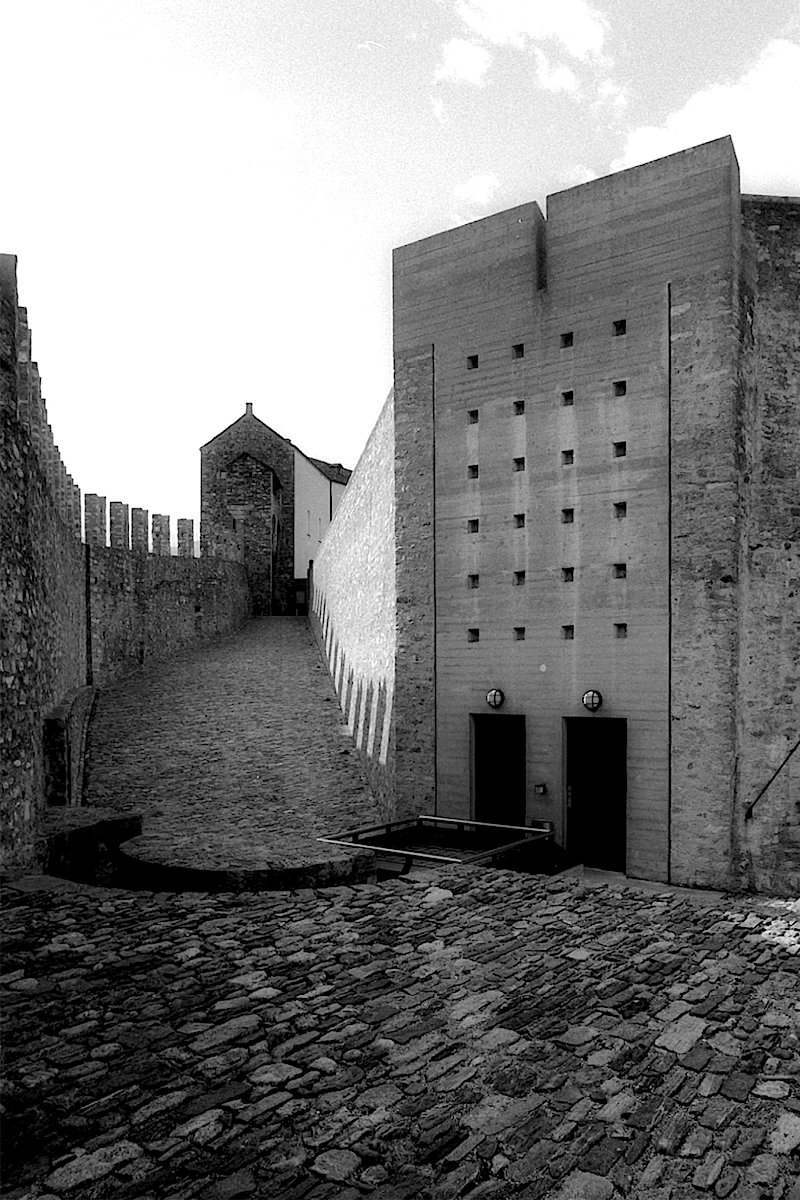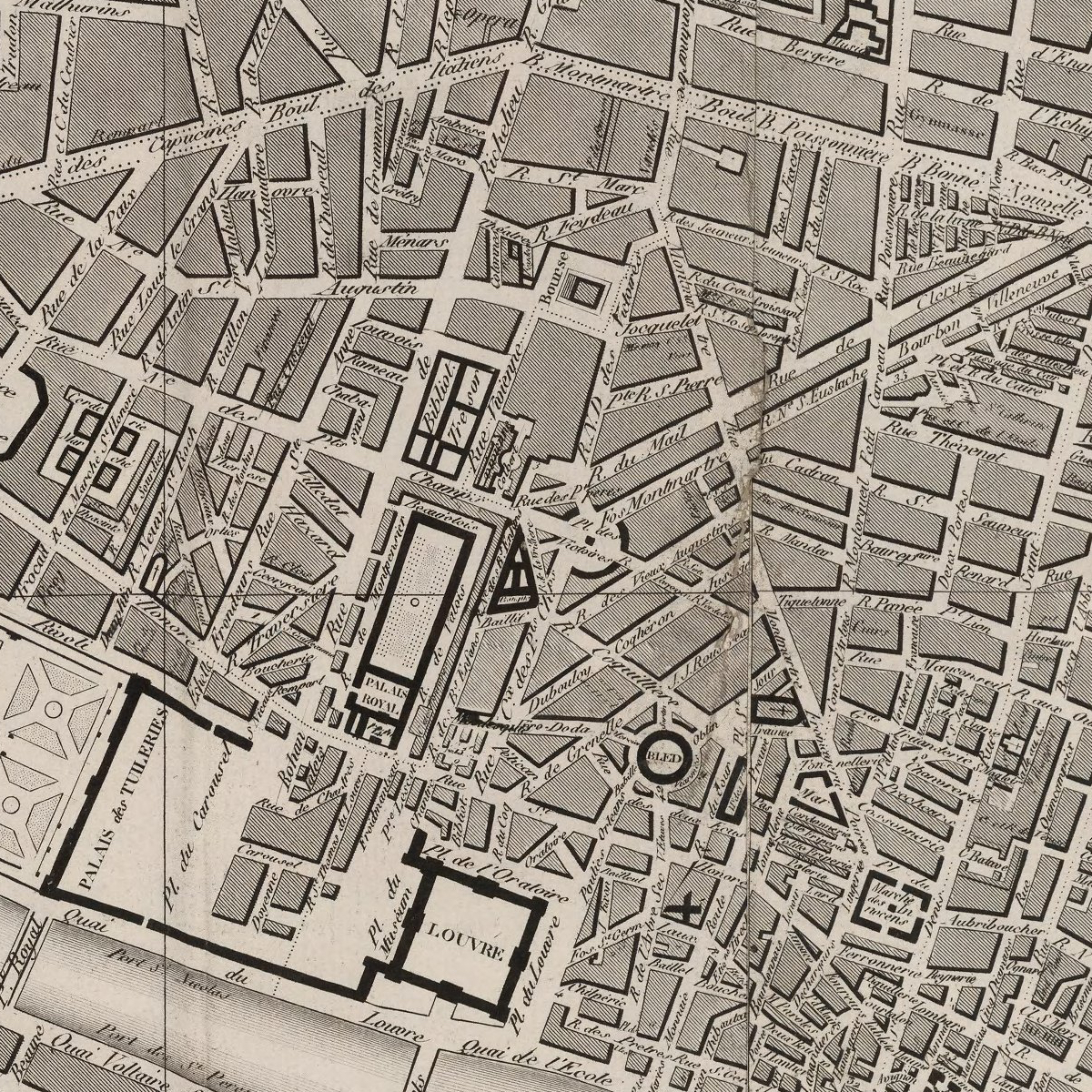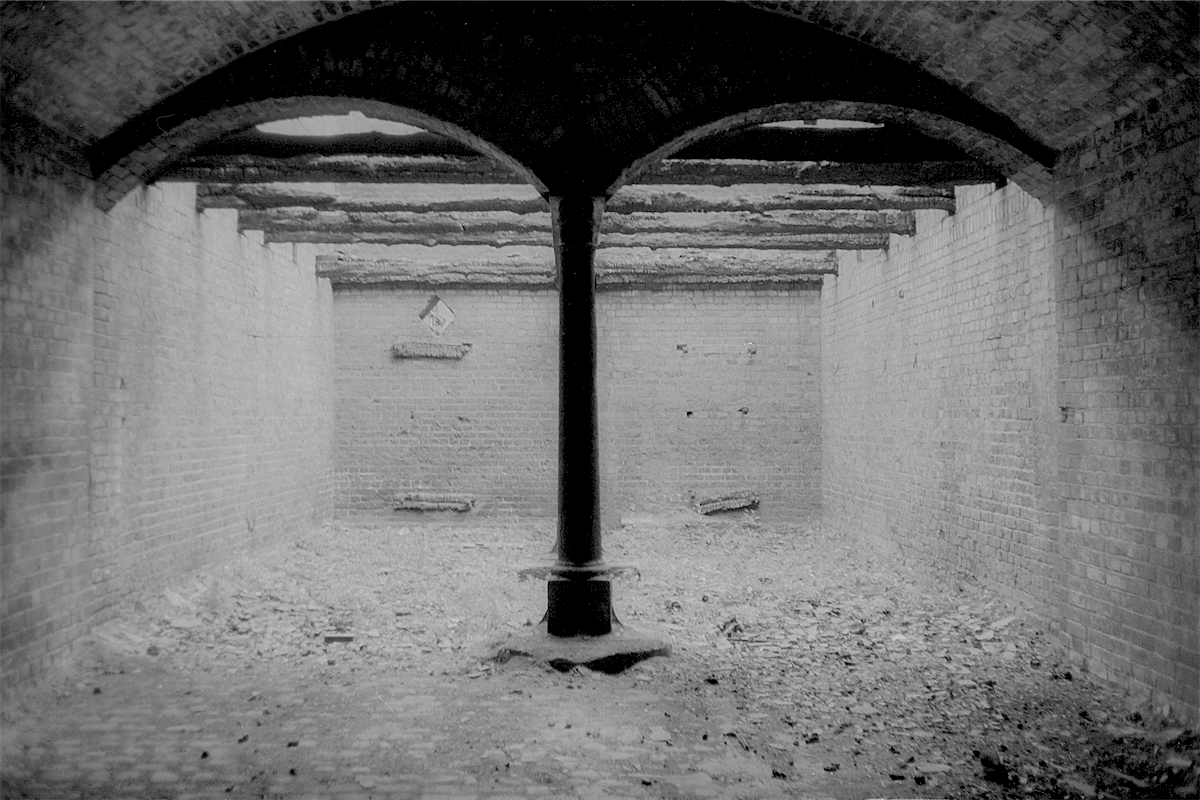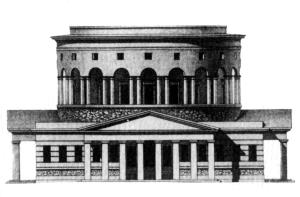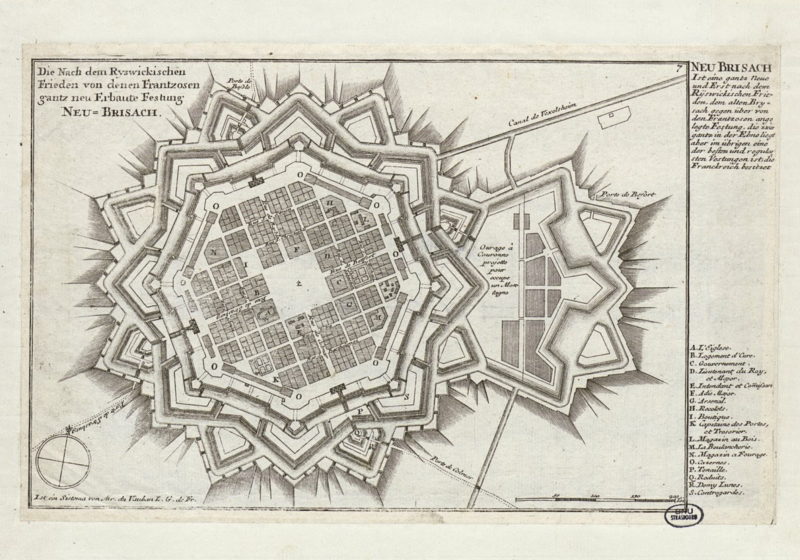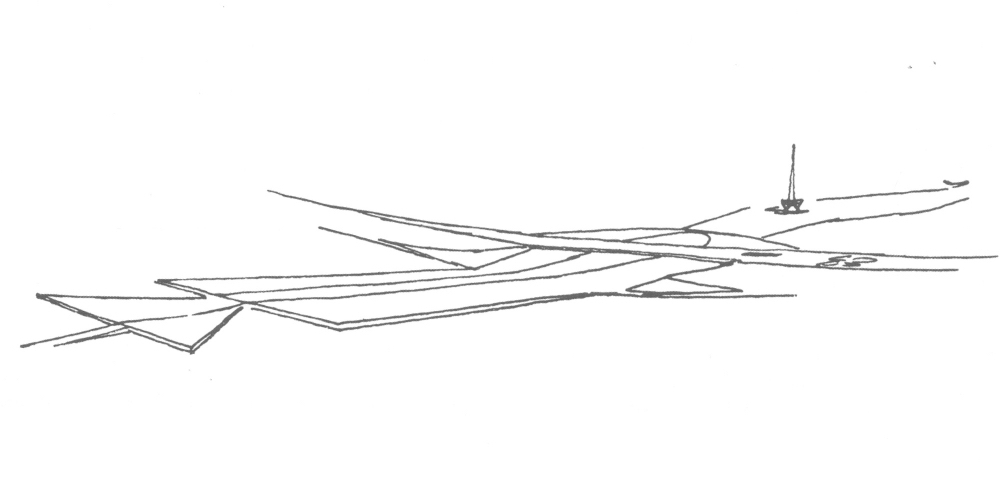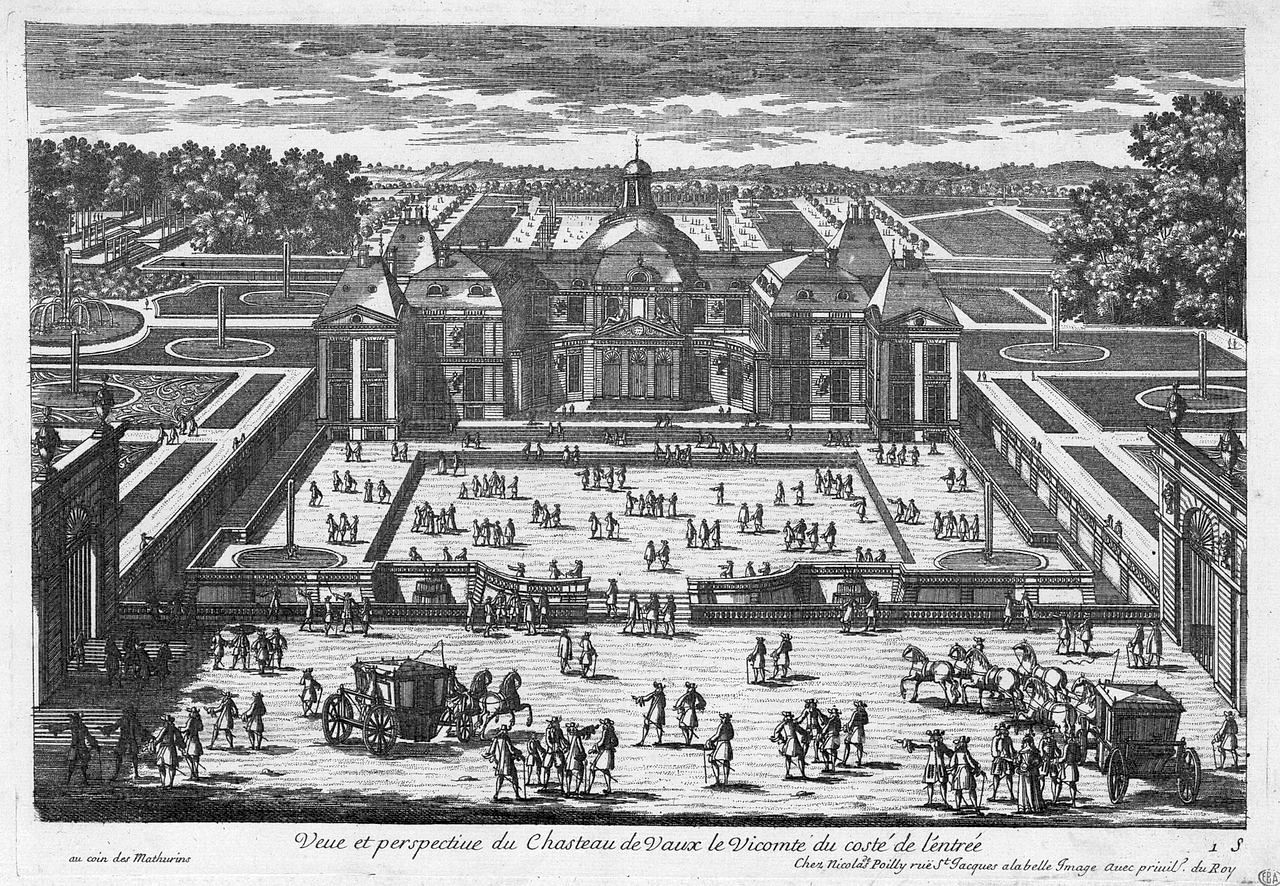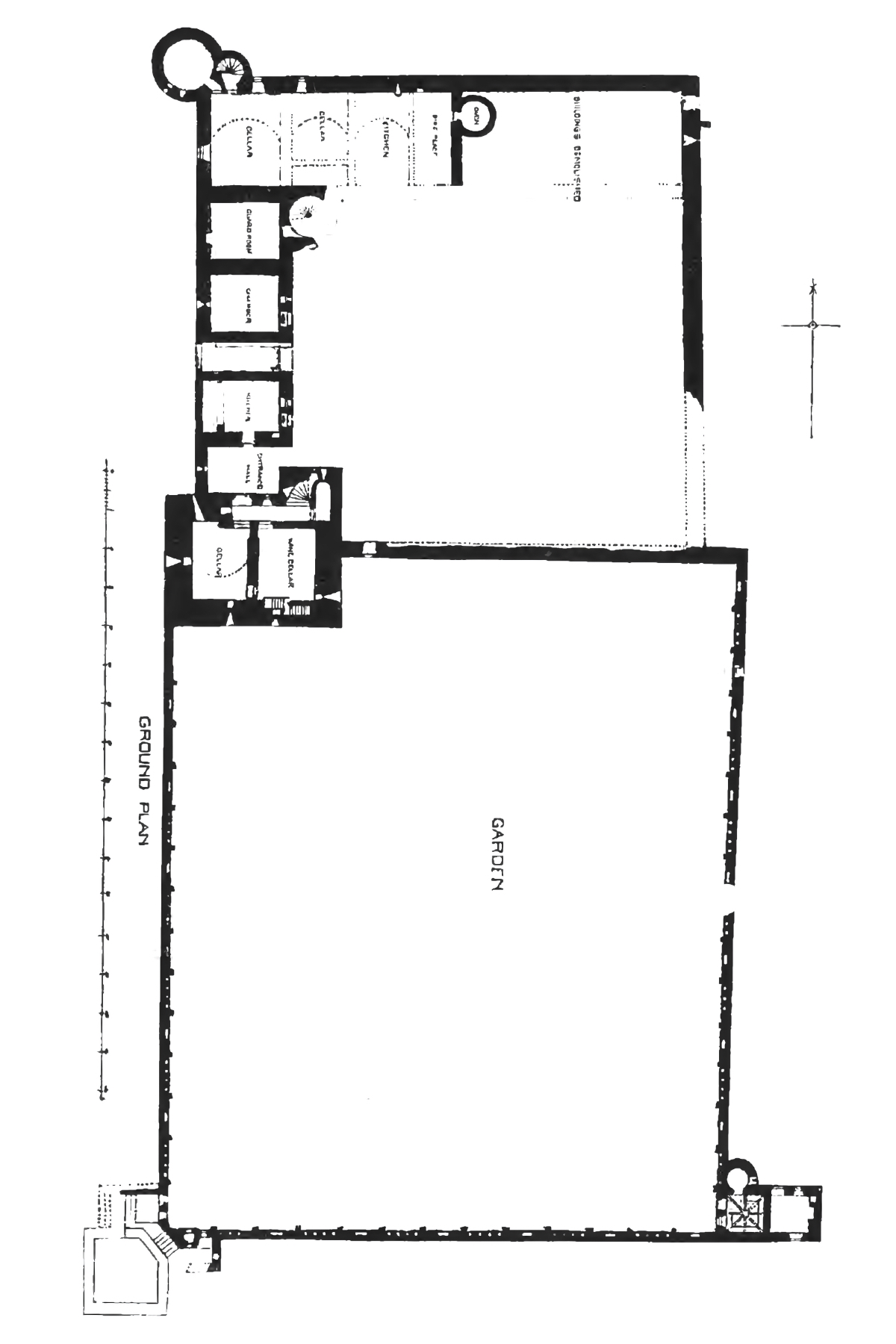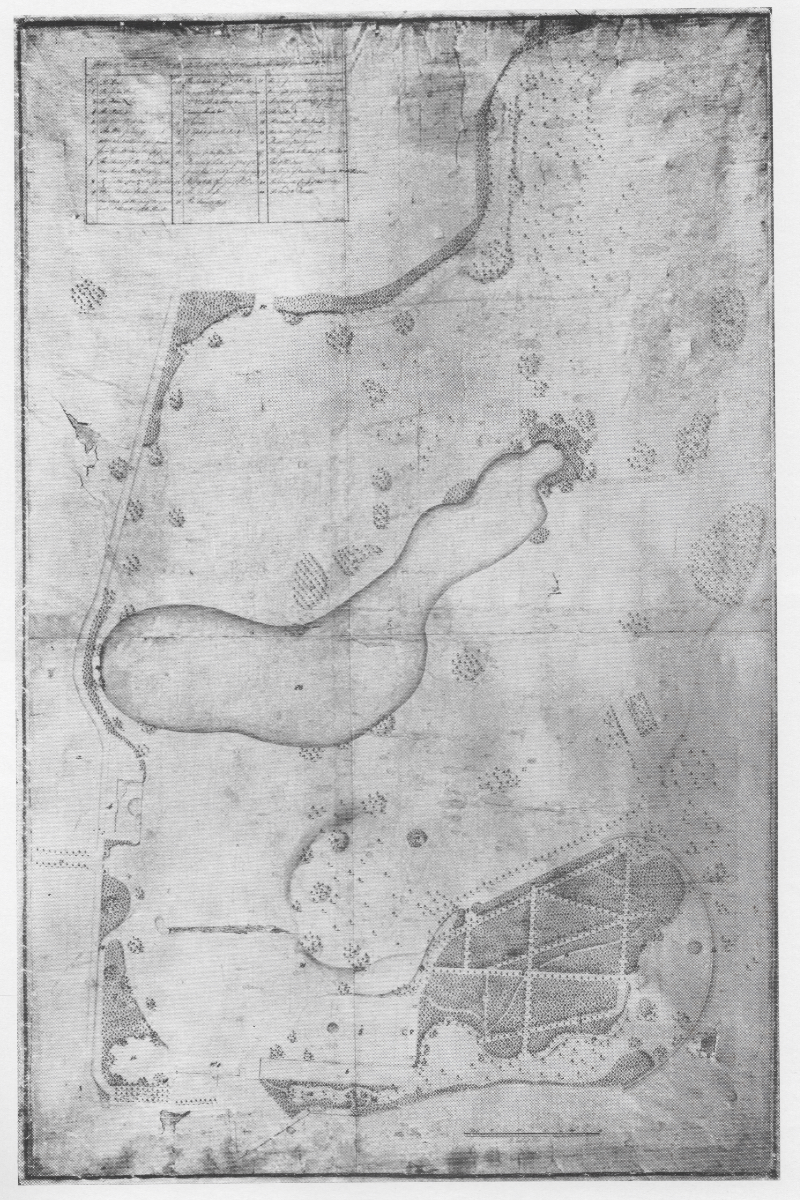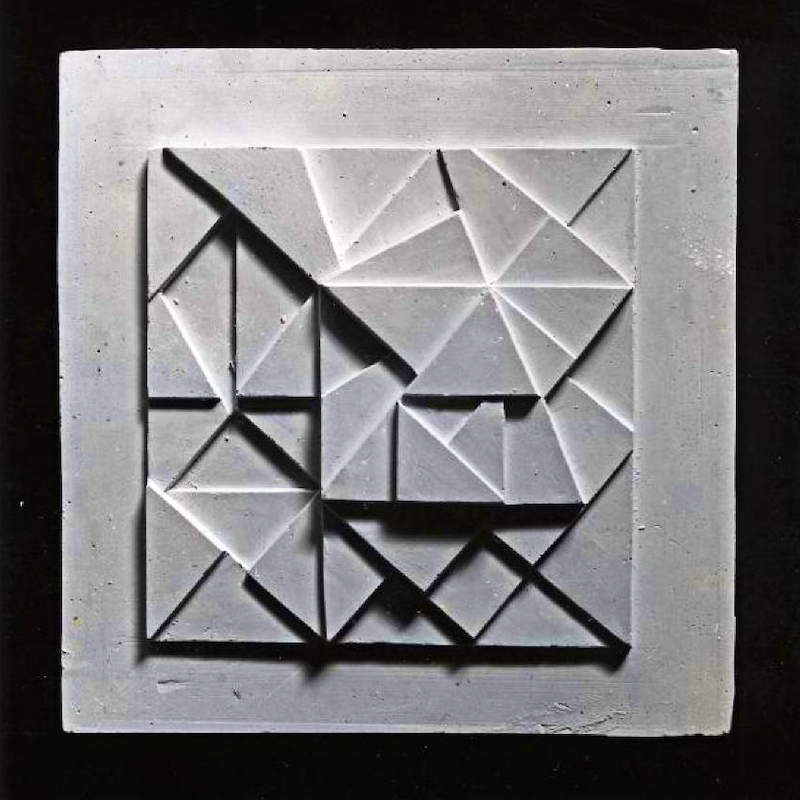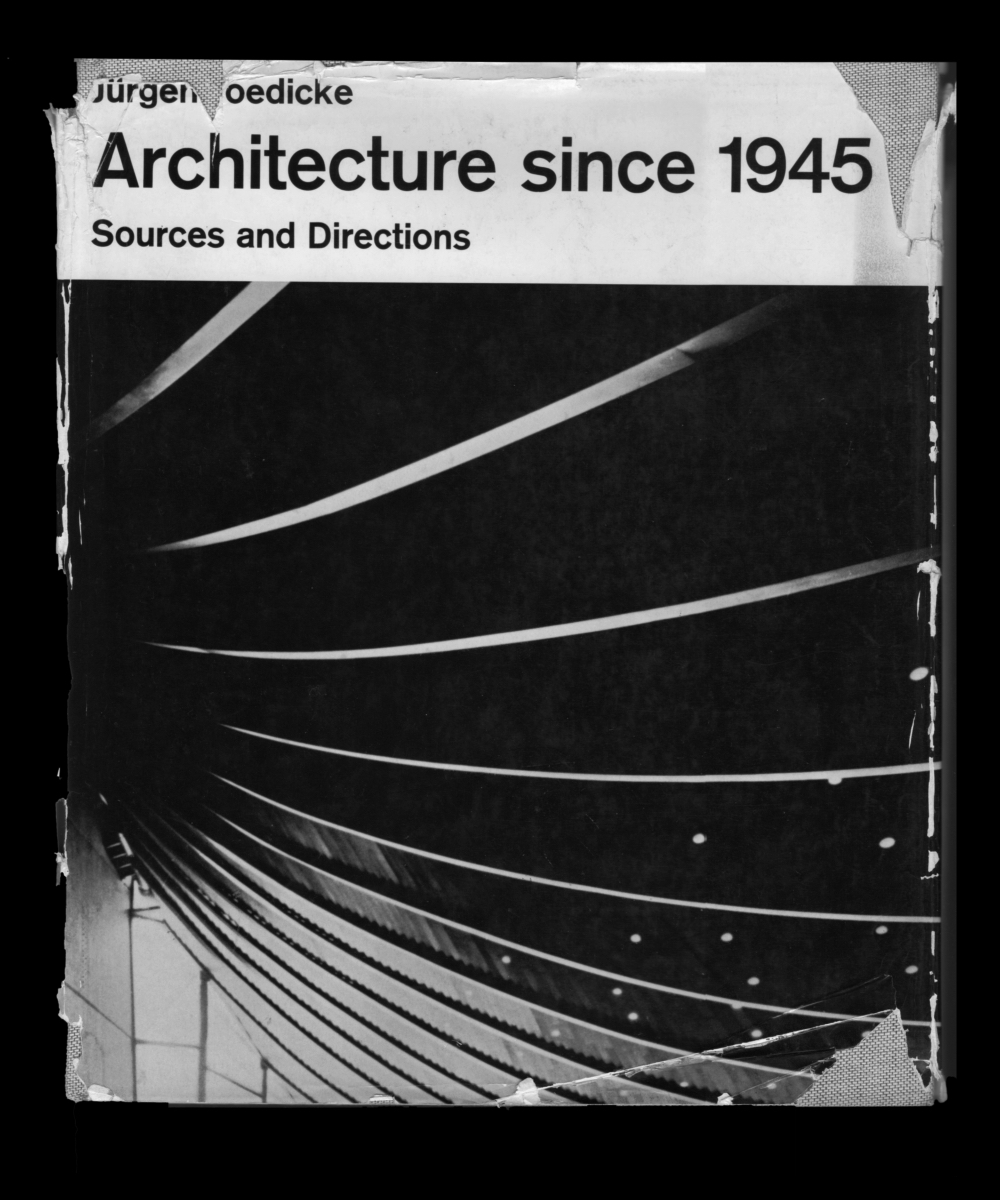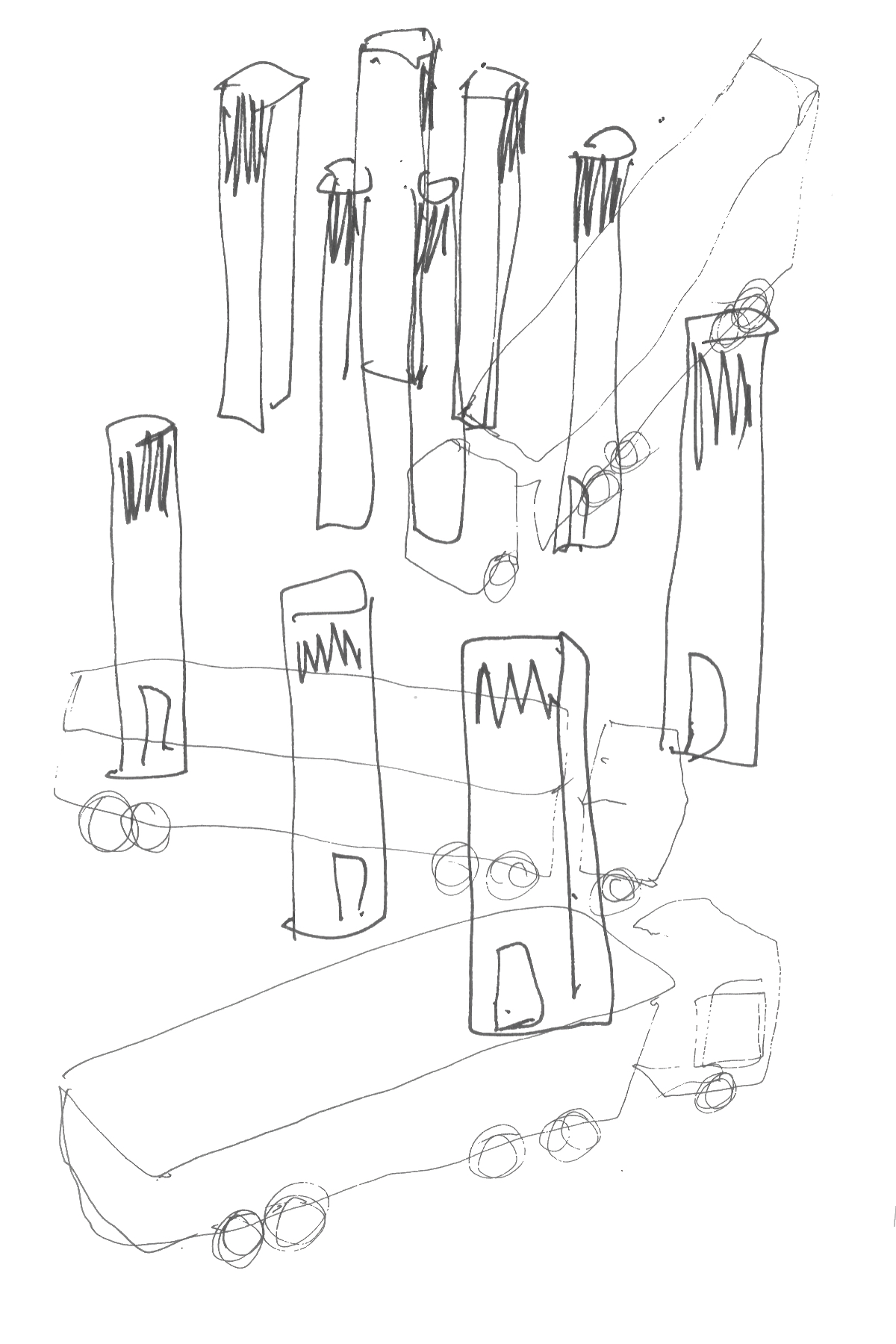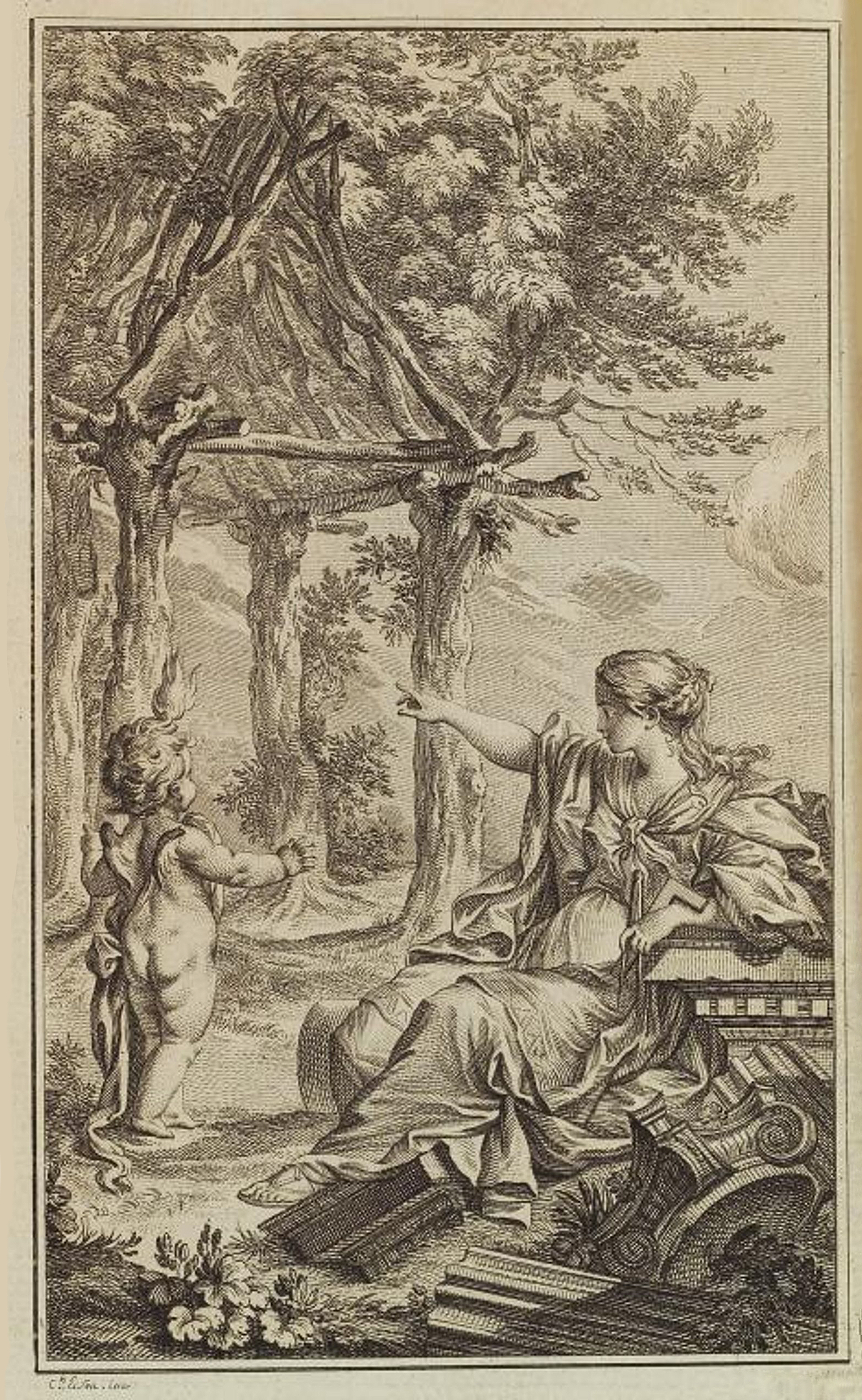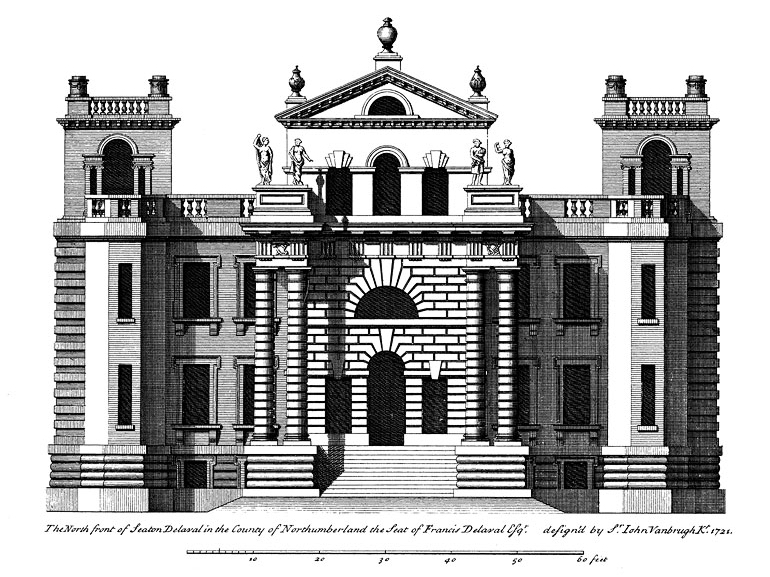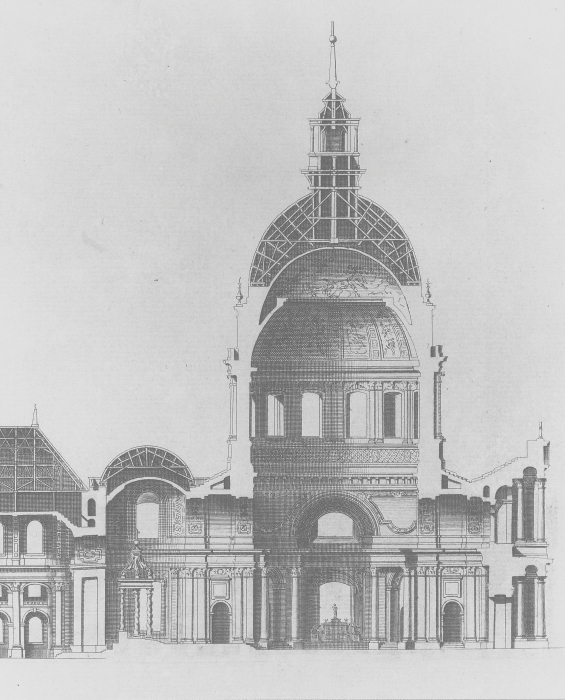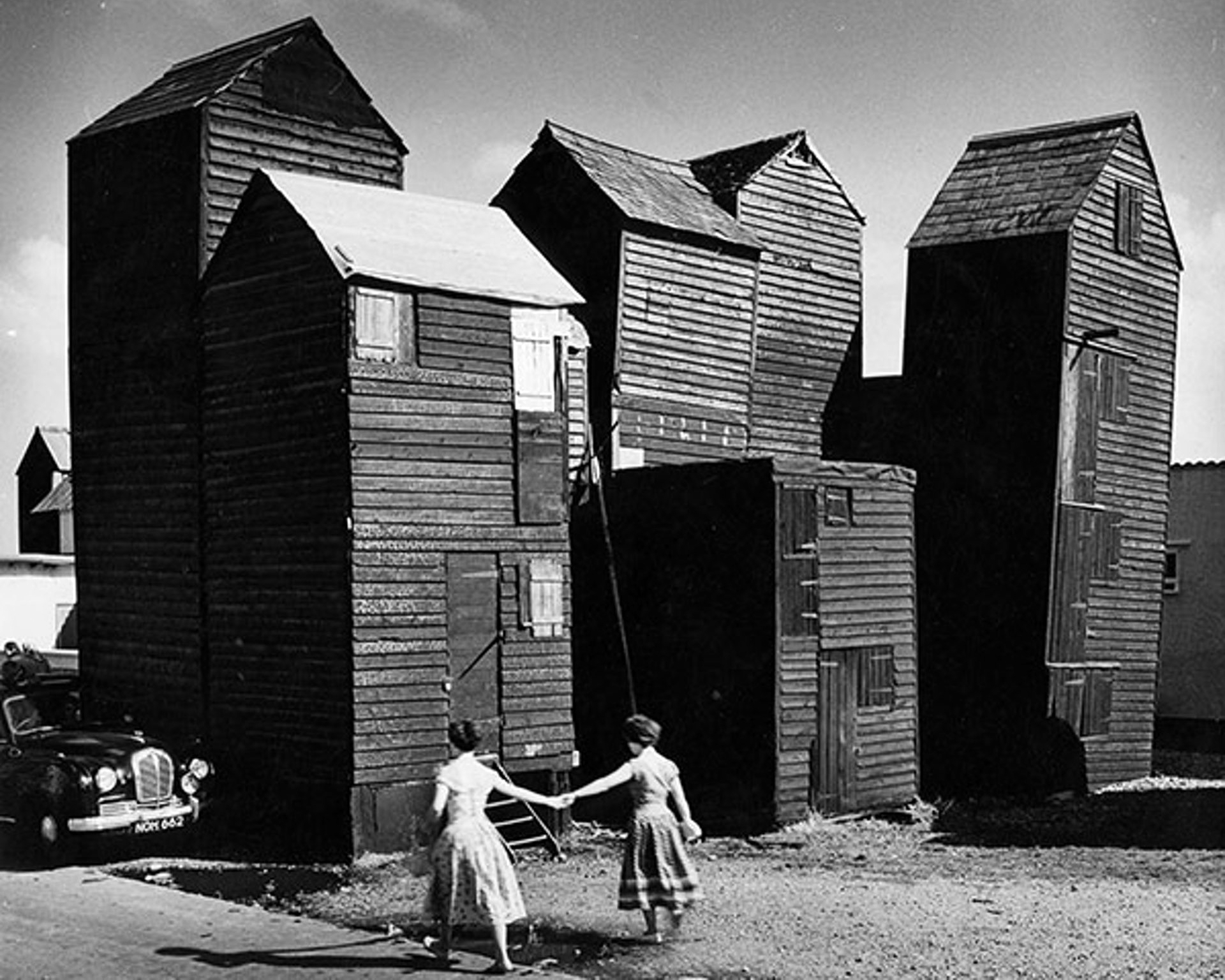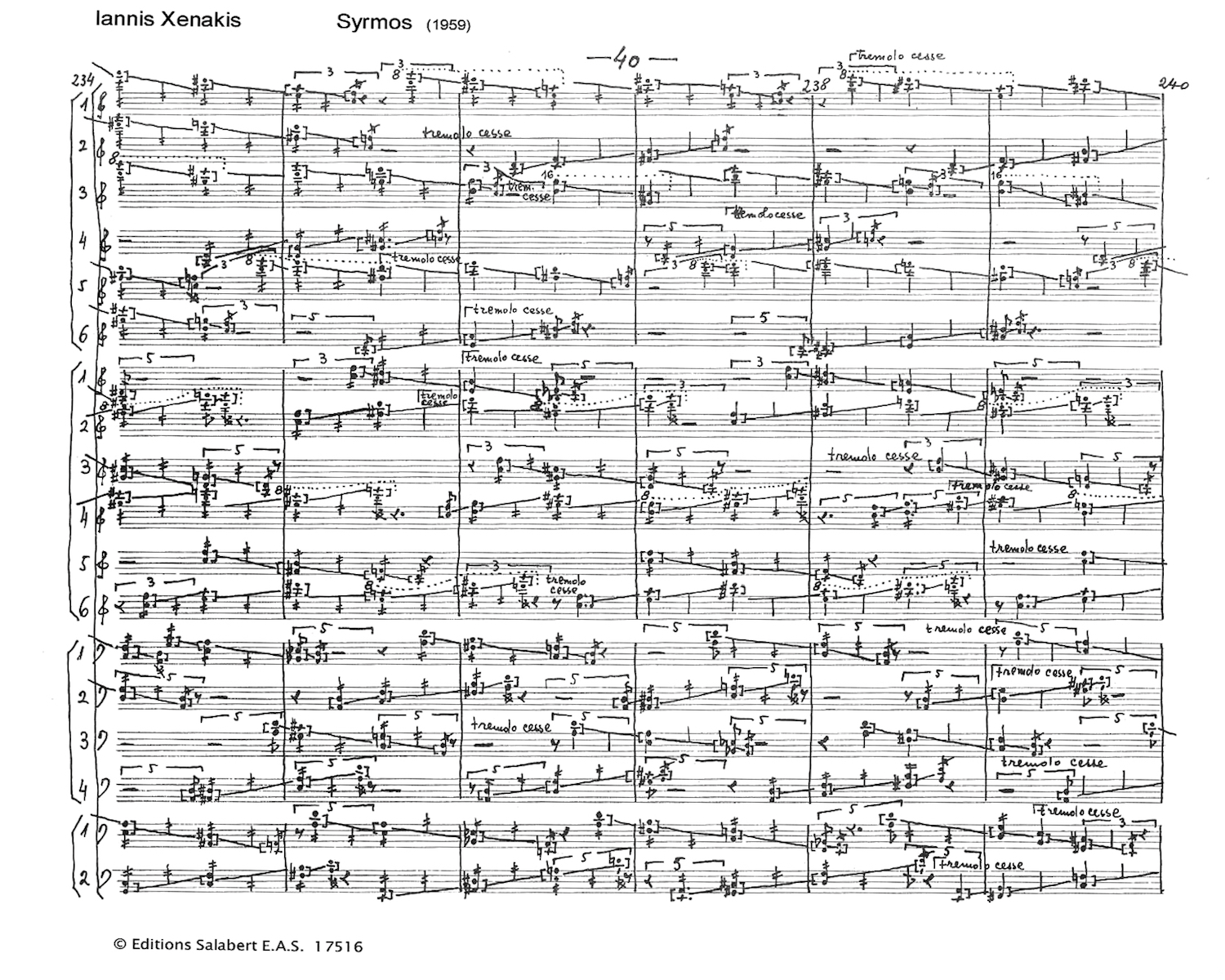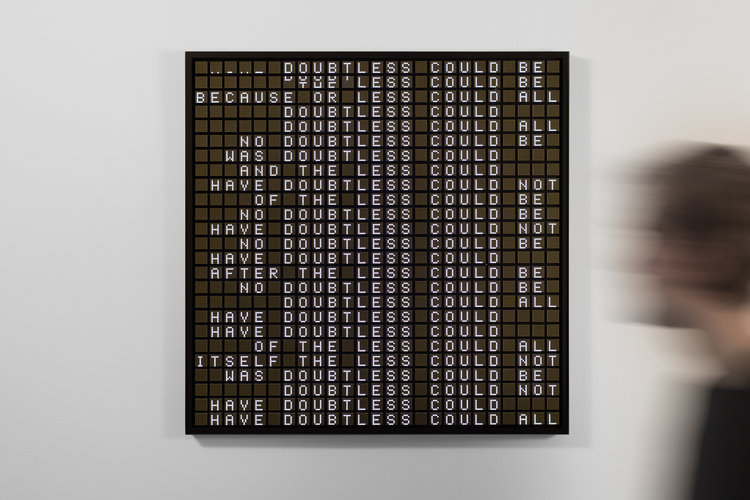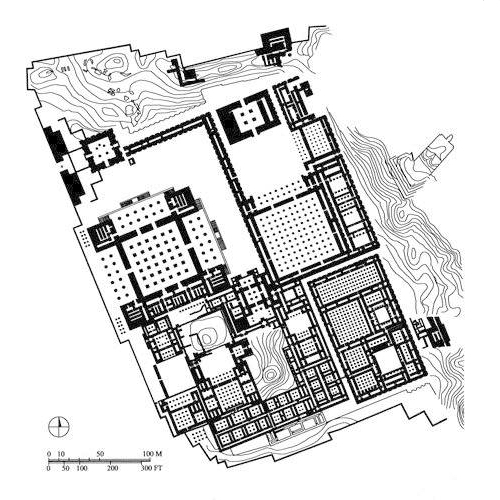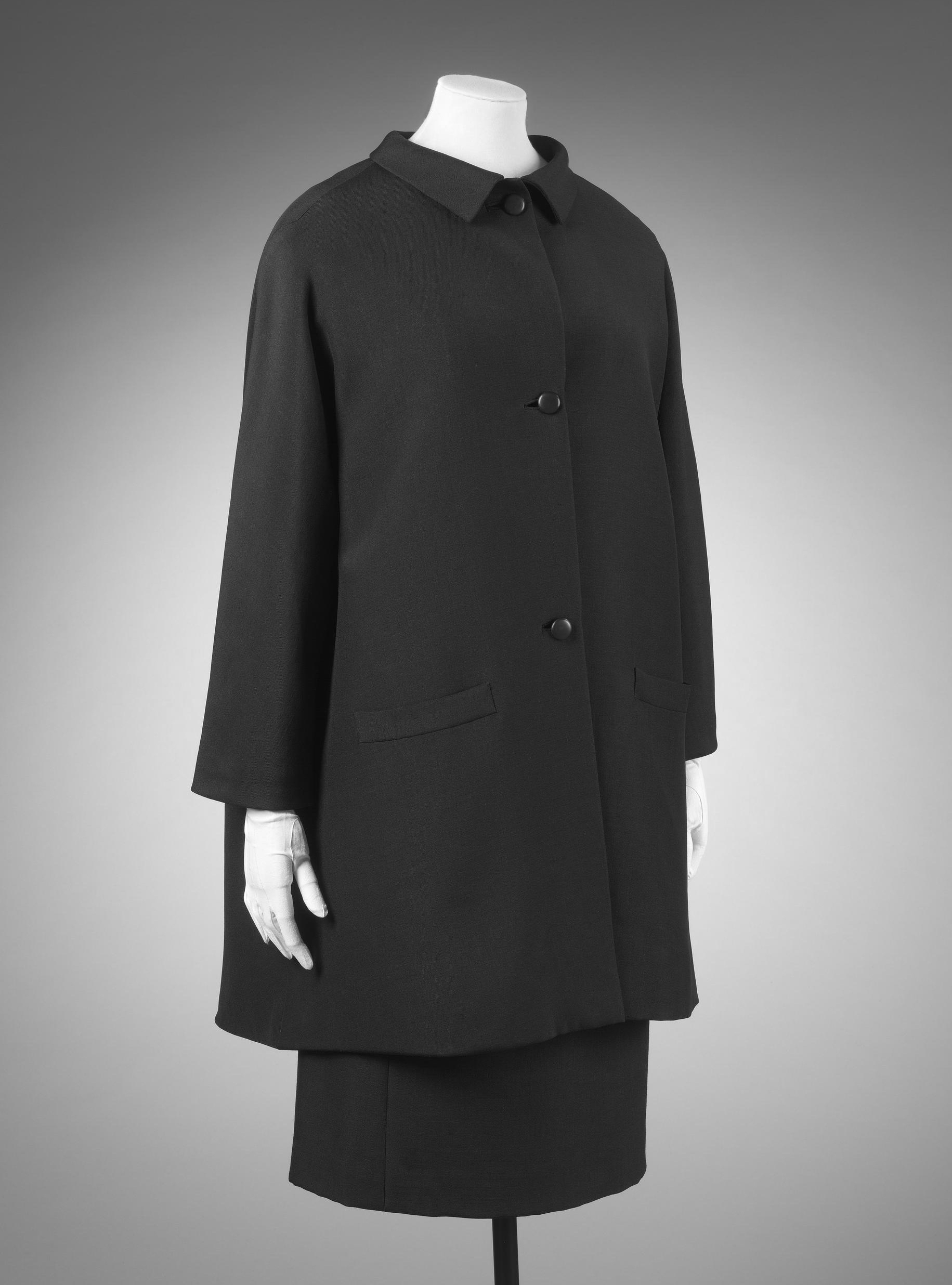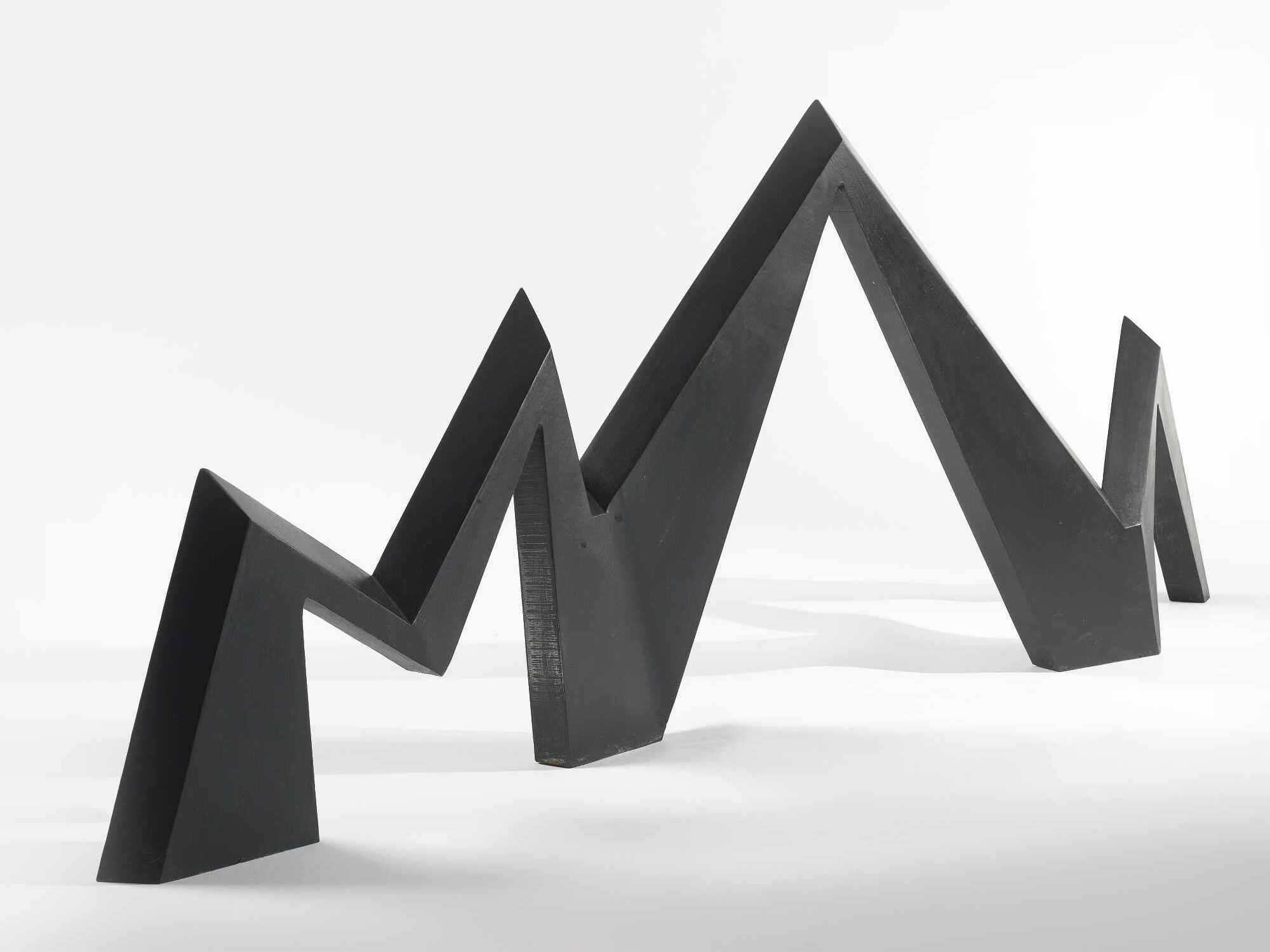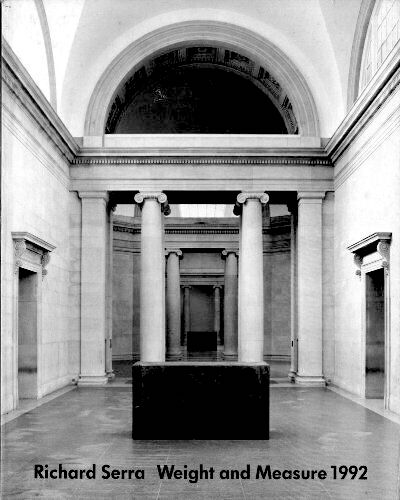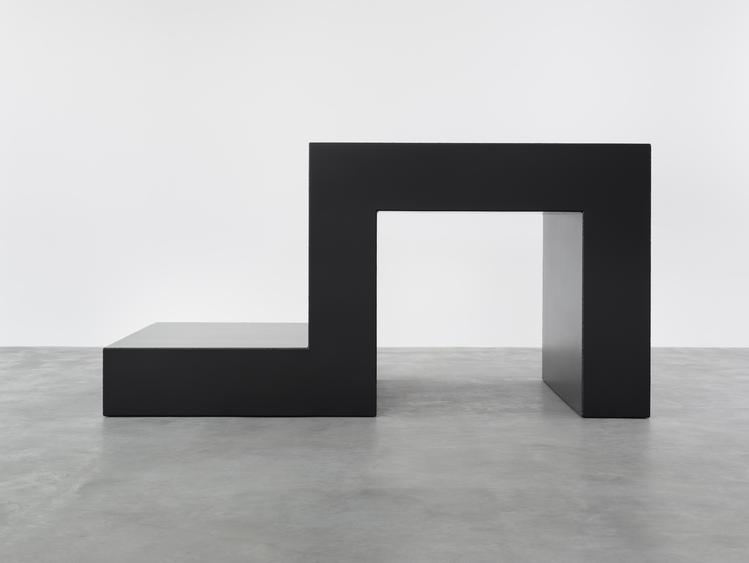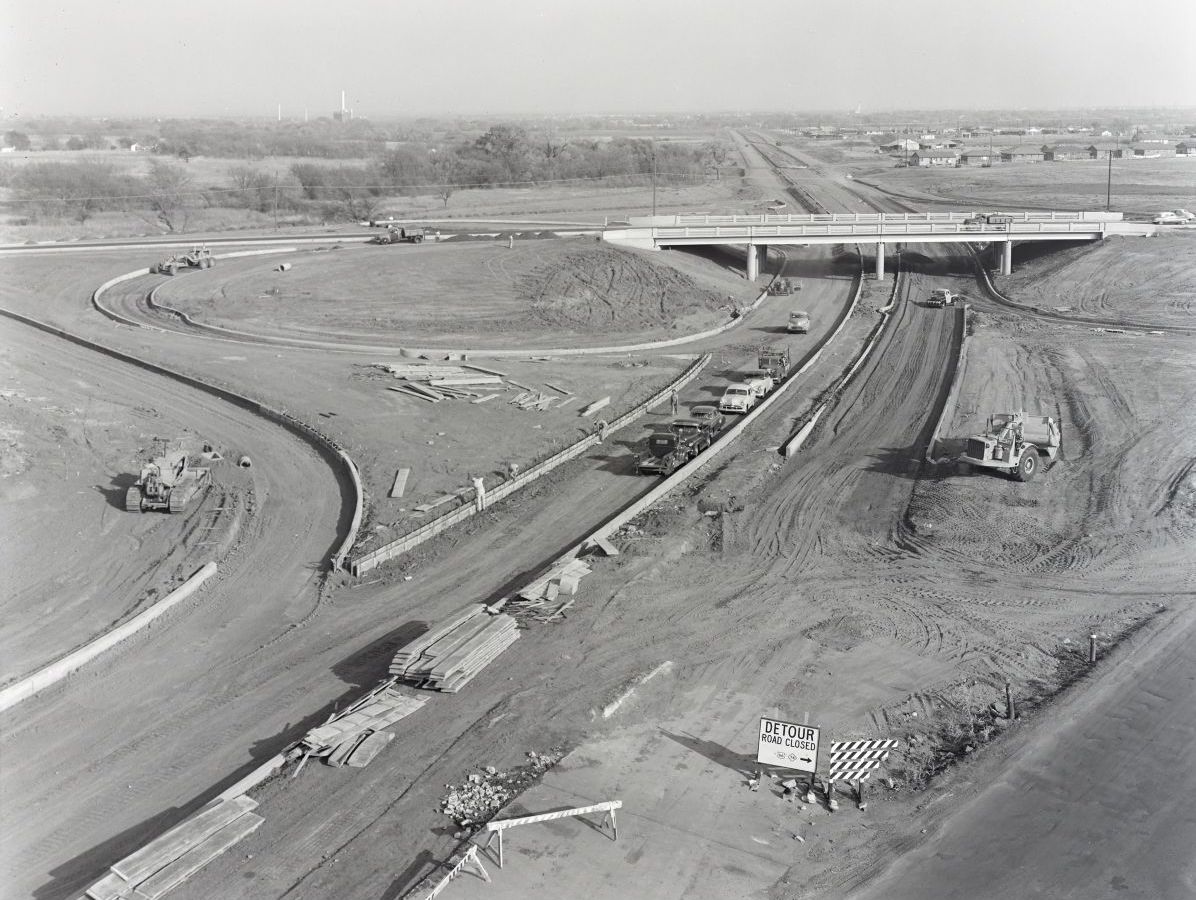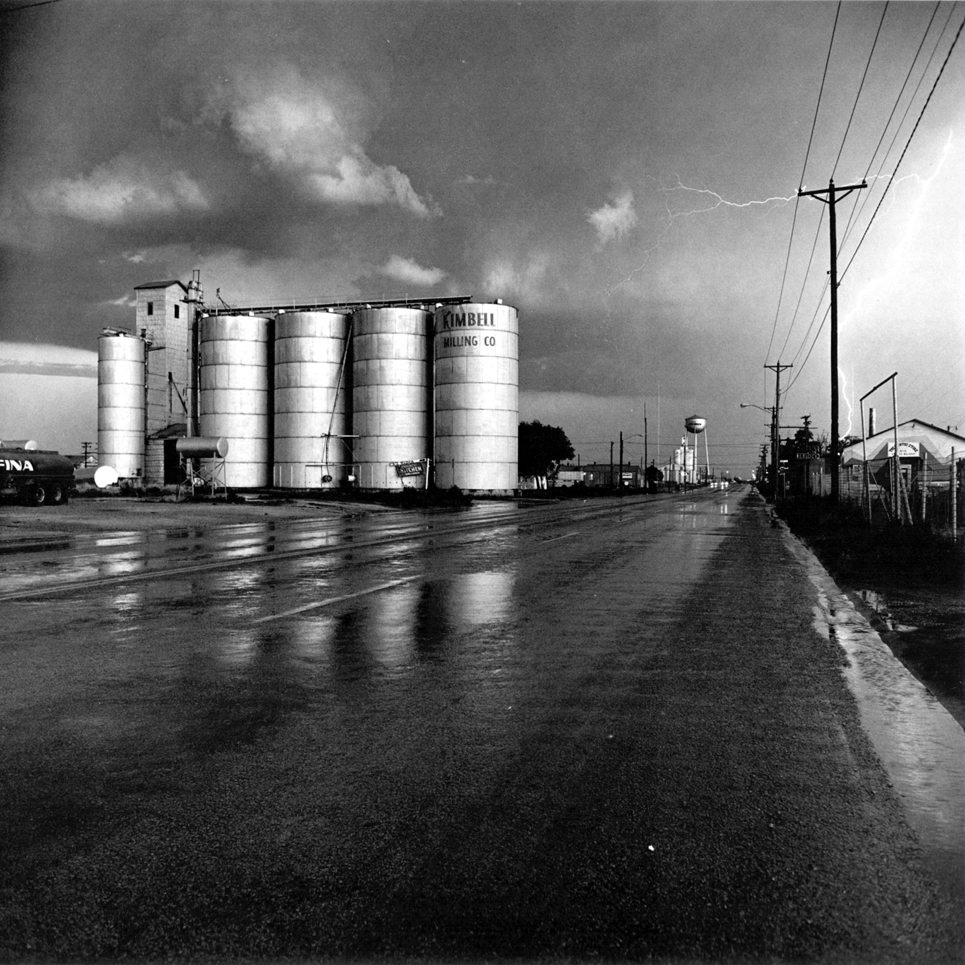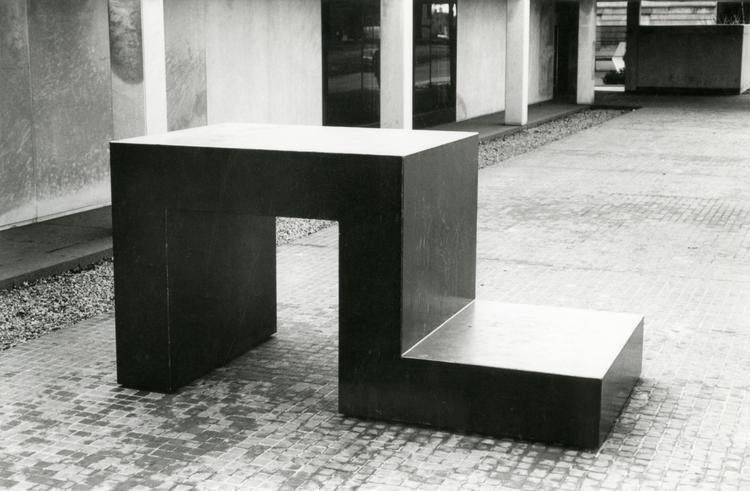Looking back, I consider that I was fortunate, as a child growing up in a small town in northern Canada, to have been able to visit the Mendel Art Gallery in Saskatoon, Saskatchewan. Although most of the works in its galleries were figurative paintings of prairie landscapes, the Mendel Art Gallery also exhibited, in the late 1960s, some abstract geometric constructions in its garden overlooking the Saskatchewan River. The exhibition of these constructions followed, I assume, the decisive and formative exhibition 'Primary Structures: Younger American and British Sculptors' at the Jewish Museum in New York City in 1966, that brought abstract geometric constructions to public attention. 'Primary Structures' included work by artists I came to admire such as Tony Smith, Donald Judd, Carl Andre and Anthony Caro, among others.
I remember encountering one construction in the Mendel garden, as a young child, which I have not been able to identify but was reminiscent of the work of Tony Smith. I believe that this work was my introduction to primary structures and a way of appreciating them as experiential objects: although it was strictly forbidden to do so, I used to use this sculpture regularly during the exhibition as a climbing frame. This combination of prairie landscape, abstract geometric construction and child's play seemed entirely natural at the time.
'Abstract geometric constructions' usually fall under the classification of 'minimal sculpture', but that term is not welcome by the artists themselves or accurately descriptive. In trying to explain this work to other people I used to rely on the definitions given by Rosalind Krauss in ‘Sculpture in the Expanded Field’, of ‘site constructions’, ‘site markings’, and ‘axiomatic structures’ which are appropriate but quite heavy-handed. As Kraus notes, these works are concerned with form and space both within and around the objects, and range from abstract geometric constructions to land art.
The American West played an important part in the development of land art in the 1960s, of which Saskatoon could be considered a very northern outpost. The Emma Lake Artists' Workshops, affiliated with the University of Saskatchewan in Saskatoon, invited prominent artists to run summer schools. Donald Judd ran one in 1968, and I imagine that this rural setting may have raised in his mind the possibility of working in the prairies that he realised in Marfa, Texas in 1971. It may be that Judd inspired the Mendel Art Gallery to exhibit some 'Primary Structures'.
Tony Smith noted that, as a child of four, he visited the Pueblos in New Mexico, which remained thereafter as a point of reference in his memory. This type of construction may explain the name 'minimalism': whatever symbolic meaning they may have had is now lost and we can only appreciate them as spatial objects. There is an integrity and straightforwardness about Tony Smith's work that repays scrutiny. A complete collection of his work may be seen at the Tony Smith Estate.
thomas
deckker
architect
